In the diverse world of canines, the volume and intensity of a dog’s bark can vary significantly across breeds. While some dogs have a gentle, low-pitched woof, others are known for their loud and resonant barking. This characteristic is often a result of the breed’s historical purpose, whether it be guarding, hunting, or herding. Loud barks in certain breeds served as effective means of communication with humans across distances or as a deterrent against threats. In this article, we delve into ten dog breeds known for having the loudest barks, exploring the reasons behind their powerful vocalizations and how this trait has been honed over generations for specific roles and environments. Each breed’s unique background and the purpose for their loud bark provide insight into the fascinating ways in which selective breeding has shaped canine behaviors and abilities.
1. German Shepherd
German Shepherds are renowned for their versatility as working dogs, and their loud bark is a key aspect of their effectiveness in roles such as police, military, and guard work. Standing out for their intelligence and loyalty, German Shepherds have a deep, resonant bark that they use effectively to alert and intimidate. This trait was intentionally bred into them, as their roles often require them to guard property or alert handlers to potential threats. German Shepherds are also protective of their family, and their bark serves as a strong deterrent against intruders. Despite their intimidating bark, they are highly trainable and can be taught to use their voice appropriately in different situations.
2. Doberman Pinscher
Doberman Pinschers, bred originally as guard dogs, possess one of the loudest and most intimidating barks in the canine world. This breed’s bark is deep, powerful, and can be heard from a great distance, making them excellent for alerting their owners to potential dangers. Dobermans use their bark as a first line of defense to warn off intruders and to protect their territory. Their imposing presence, combined with their loud bark, makes them one of the most effective guard dogs. Despite their fearsome reputation, Dobermans are highly intelligent and loyal, making them not just effective protectors but also loving family pets when properly trained and socialized.
3. Rottweiler
Rottweilers, known for their strength and protective instincts, have a deep and thunderous bark that serves as an effective deterrent against threats. Originally bred to drive cattle and pull carts, their loud bark was useful for controlling livestock and warding off predators. In modern times, this trait makes them excellent guard dogs. A Rottweiler’s bark is not just loud but also has a distinctive timbre that reflects their confidence and assertiveness. While they can be gentle and affectionate with their families, Rottweilers are natural guardians, and their bark plays a crucial role in their ability to protect and alert.
4. Scottish Terrier
Scottish Terriers, though small in size, have a surprisingly loud and deep bark for their stature. This breed was originally bred for hunting and vermin control, and their bark was an important tool for communication during hunting expeditions. The loudness of their bark is disproportionate to their size, likely a result of their need to be heard over long distances while working in rugged terrain. Scottish Terriers are known for their feisty and spirited personality, and their bark is a reflection of their bold character. Despite their small size, their loud bark can be effective in alerting their owners to potential threats or changes in their environment.
5. Siberian Husky
Siberian Huskies are known not just for their stunning appearance but also for their loud and howl-like bark. Bred originally as sled dogs in harsh Arctic conditions, their vocalizations needed to be loud enough to communicate effectively over long distances and through inclement weather. Huskies often use their bark and howl to express themselves, whether it’s alerting to something unusual in their environment or communicating with their pack. Their bark can be piercing and is often described as more of a howl, which is distinctive and can carry over long distances. Huskies are social animals, and their loud bark is an integral part of their communicative behavior.
6. Boxer
Boxers are known for their playful and energetic nature, and their bark is just as vibrant. Originally bred as hunting and guard dogs, their loud bark was essential for alerting hunters to prey or warning of potential threats. A Boxer’s bark is robust and resonant, reflecting their alert and protective nature. While they are generally friendly and affectionate with their families, their bark can be intimidating to strangers, making them effective watchdogs. Boxers are also highly intelligent and trainable, meaning that they can learn to use their bark judiciously.
7. Alaskan Malamute
Alaskan Malamutes, similar to Siberian Huskies, are known for their powerful and booming bark, which was essential in their original role as sled dogs in Arctic environments. Their bark, often mixed with a characteristic howl, needed to be loud to communicate effectively over the noise of the wind and snow. Malamutes use their bark for a variety of reasons, including alerting to danger, communicating with their pack, and expressing excitement. Their vocalizations are an important part of their social interactions and are as robust and powerful as the dogs themselves.
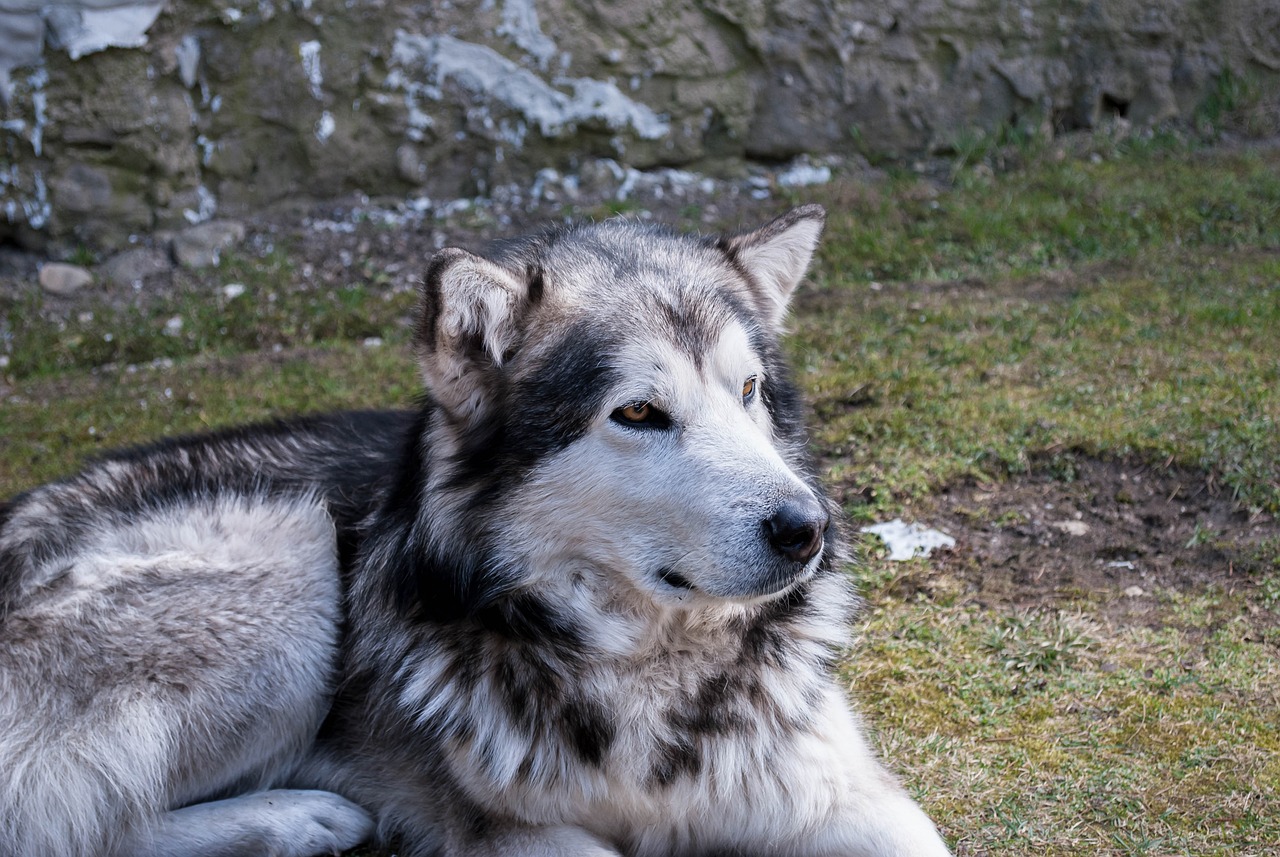
8. Bloodhound
Bloodhounds, renowned for their incredible sense of smell and tracking abilities, also have a distinctively loud and baying bark. This trait was essential in their historical role as hunting dogs, where their loud bark helped hunters follow their trail and locate them, especially when tracking over long distances. Bloodhounds’ bark is deep and resonant, often described as a melodious bay. This breed uses their bark not just for communication during hunting but also as a way to express themselves in various situations.
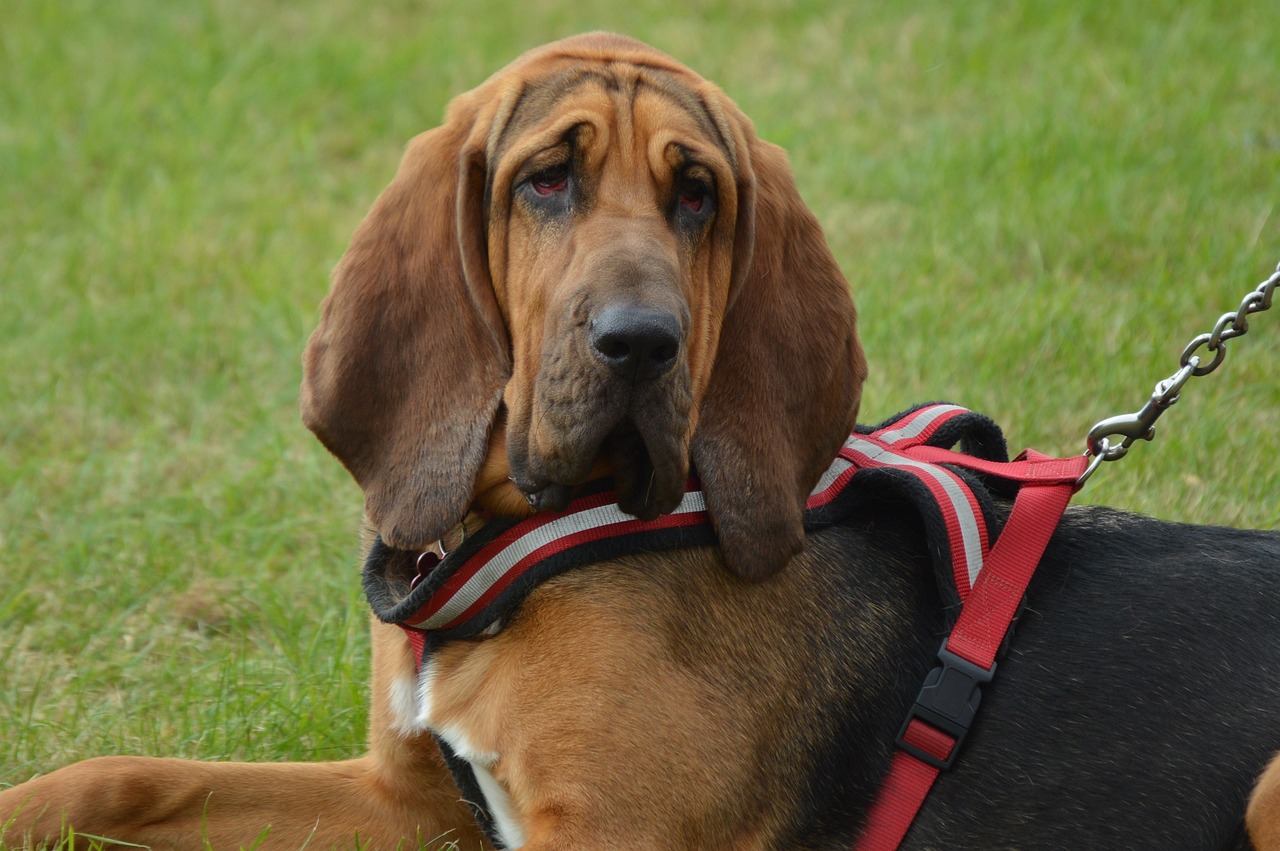
9. Basenji
The Basenji, known as the “barkless dog,” actually makes this list for its unique vocalization. While they do not have a traditional bark, they are capable of producing a loud and unusual sound known as a “baroo,” due to their uniquely shaped larynx. This sound is a mixture of a chortle and a yodel and can be surprisingly loud. Basenjis were bred for hunting in Africa, and their unusual vocalization likely served as a distinctive way of communicating during hunts. Despite their reputation for being quiet, when they do vocalize, it’s in a unique and loud manner.
10. Great Dane
Great Danes, known for their imposing size, also have a bark that matches their stature. Their deep and resonant bark can be incredibly loud, serving as an effective deterrent against intruders. Great Danes were originally bred as hunting and guard dogs, and their loud bark was a key aspect of their guarding duties. Despite their intimidating bark and size, Great Danes are known for their gentle and friendly nature. However, when they choose to vocalize, their bark is both powerful and commanding.

Each of these ten breeds has a bark that is loud and distinctive, often shaped by their historical roles and breed characteristics. While a loud bark can be an asset in certain situations, it’s important for potential owners to consider their living environment and lifestyle when choosing a breed known for its vocal prowess. Training and socialization are key in managing the barking behavior of these breeds, ensuring that their vocalizations are appropriate and not a nuisance. Understanding the reasons behind a breed’s loud bark can also help in appreciating and effectively managing this aspect of their behavior. Ultimately, the loud bark of these breeds is just one of the many unique and fascinating traits that make dogs such incredible and diverse companions.
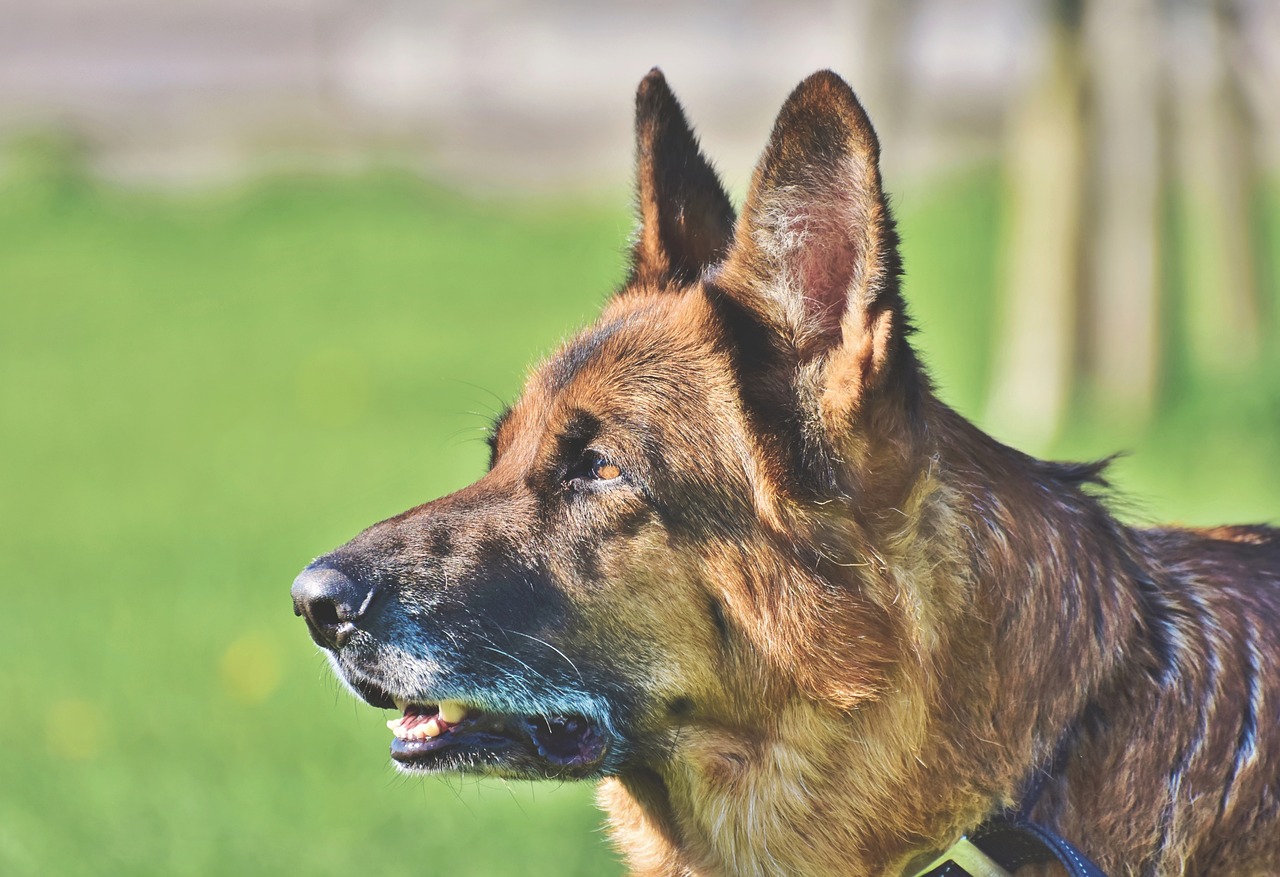


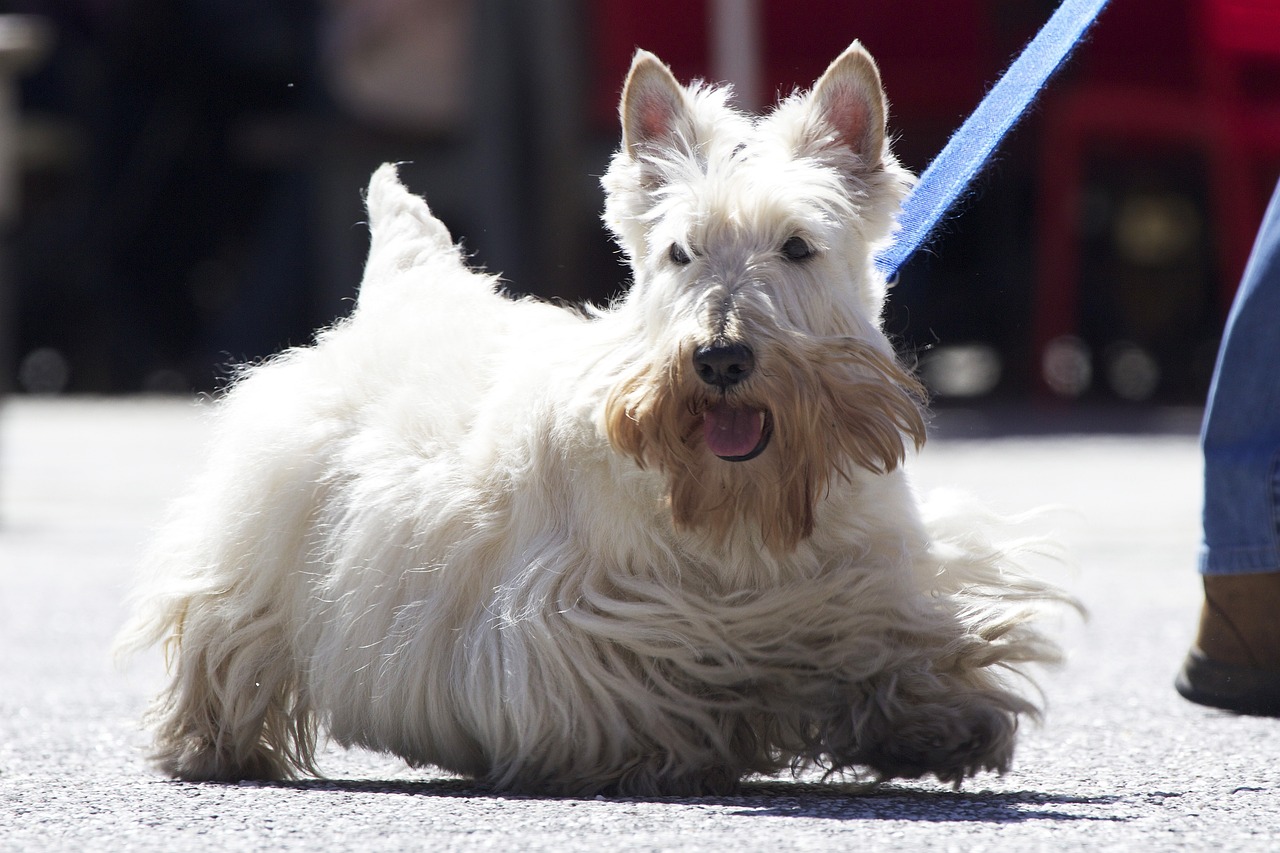
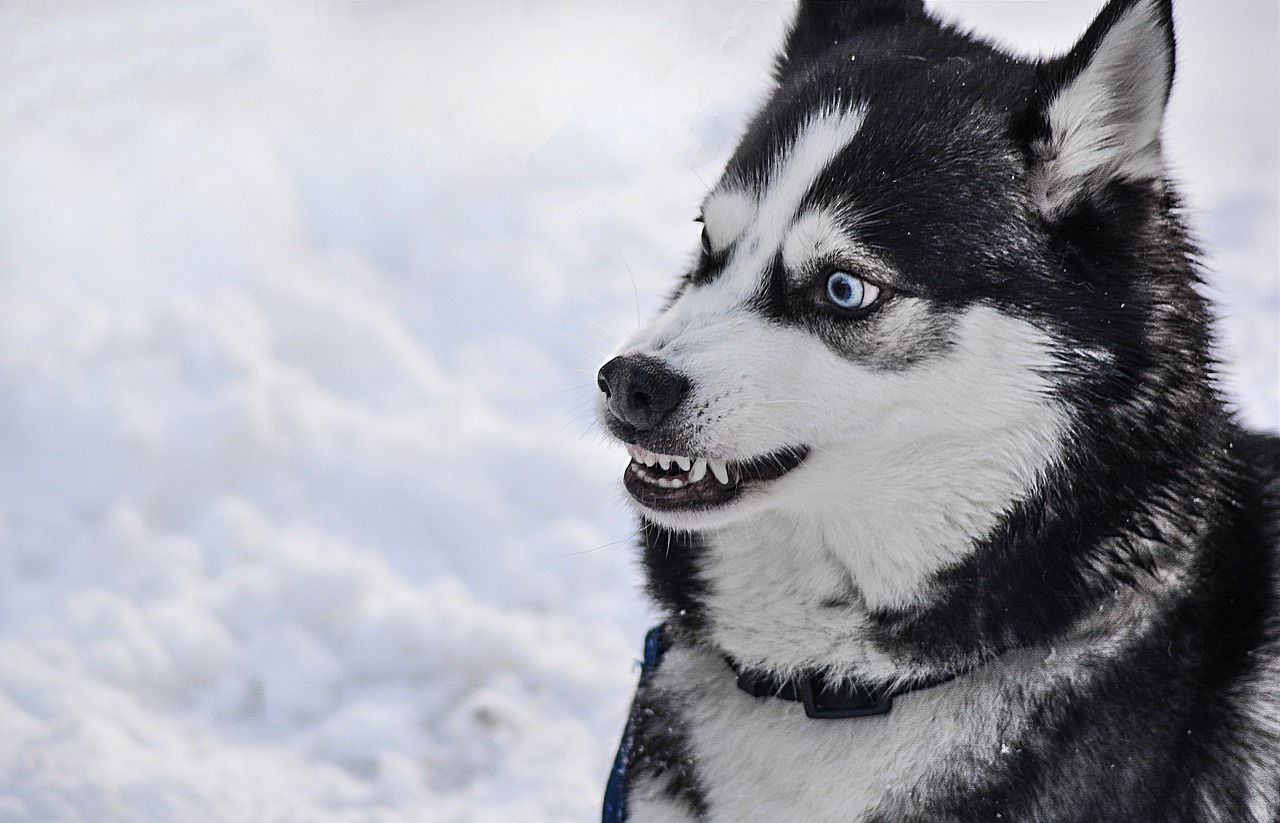
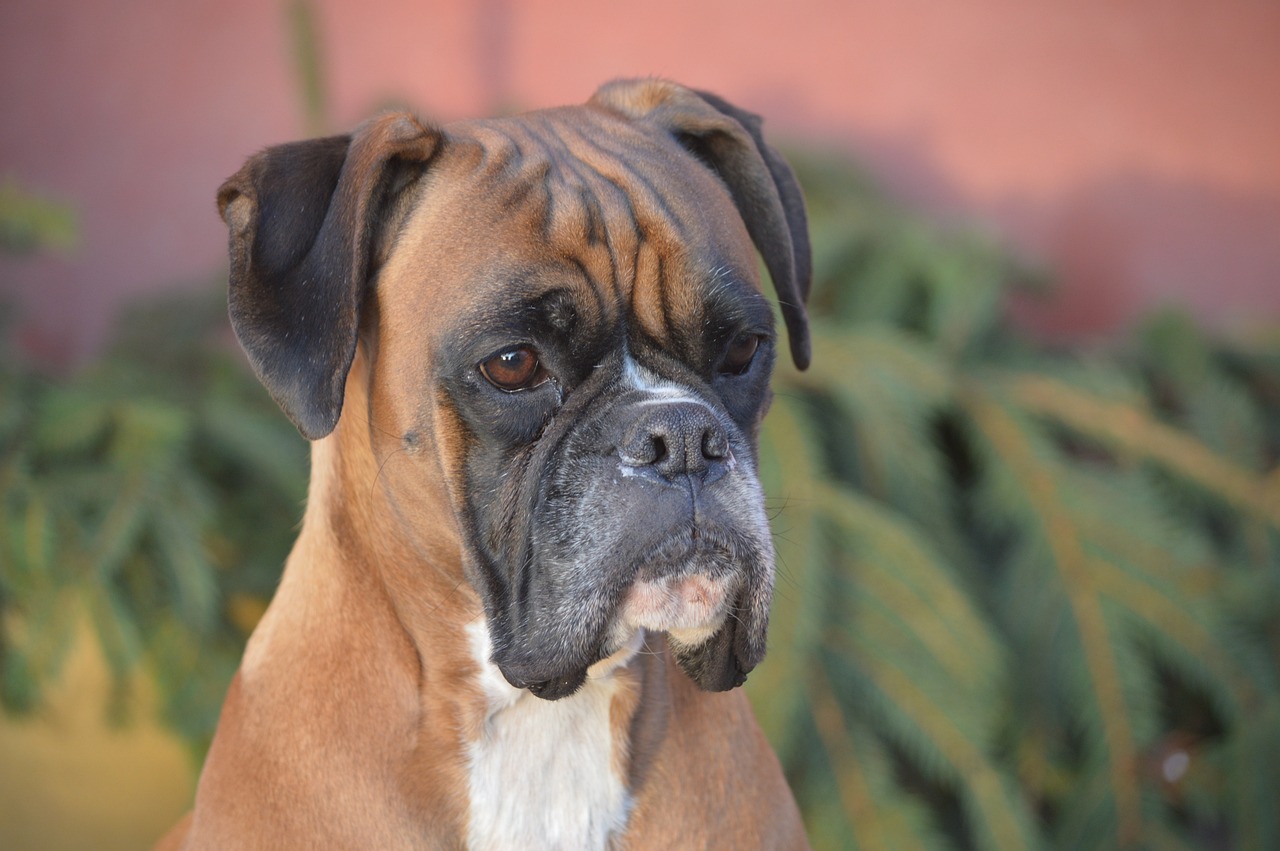
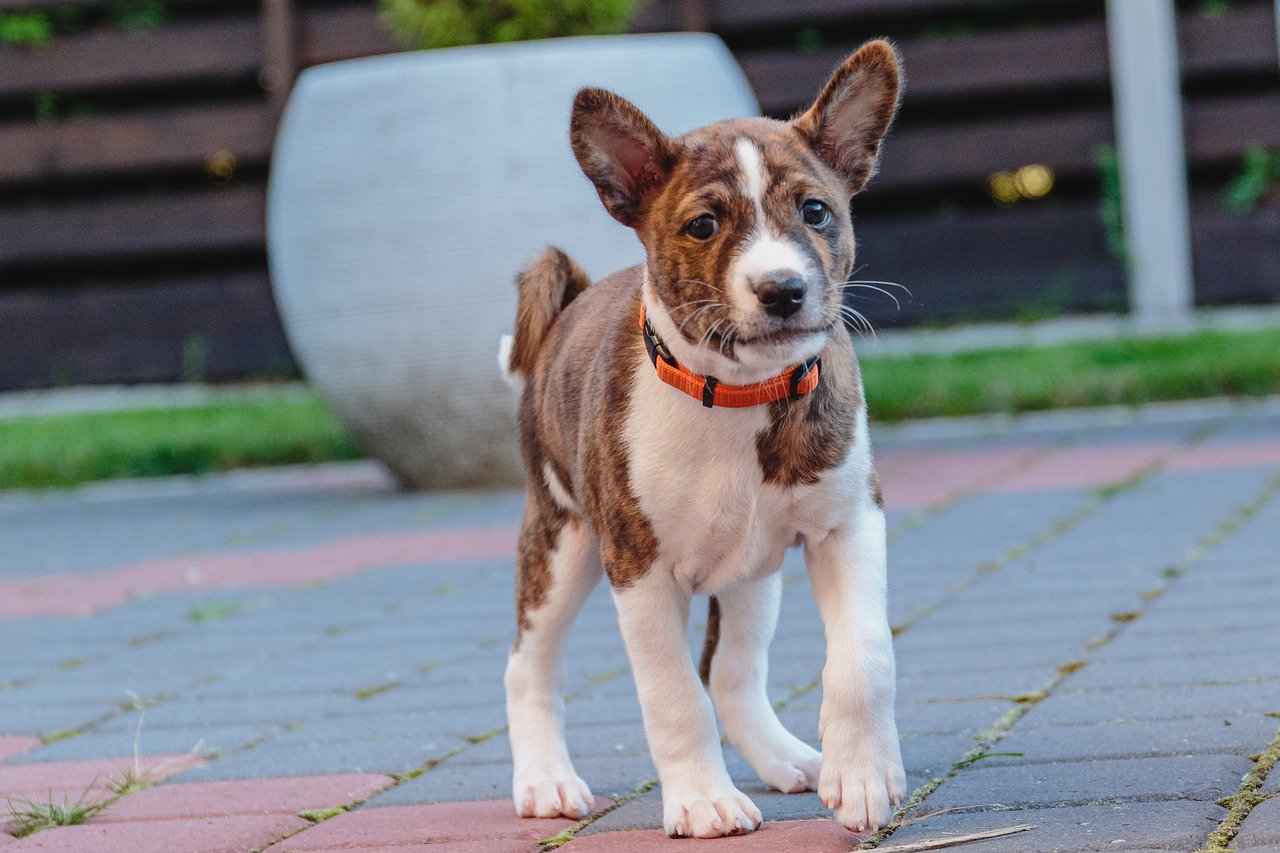
 Toledo, United States.
Toledo, United States.